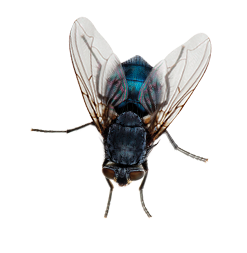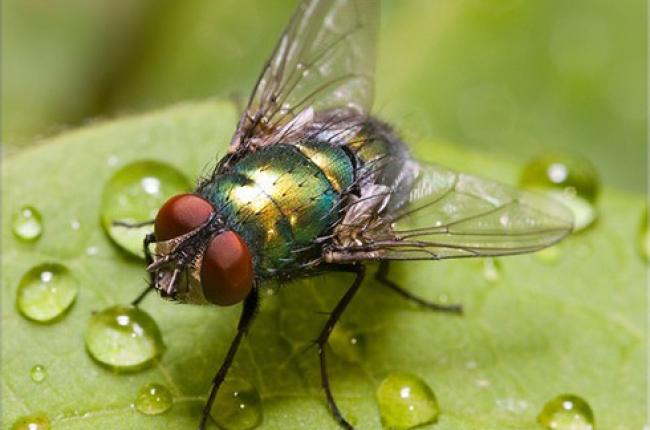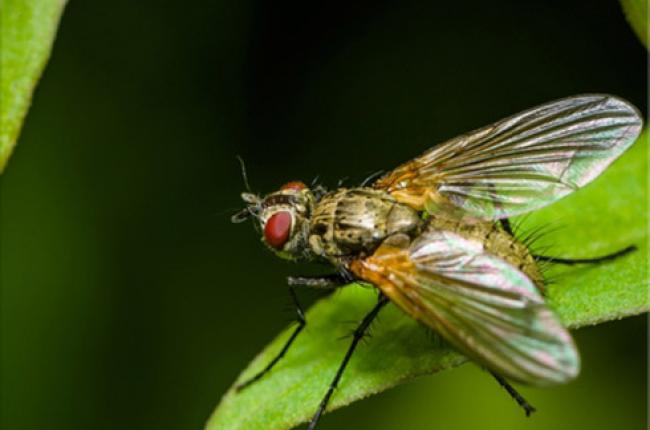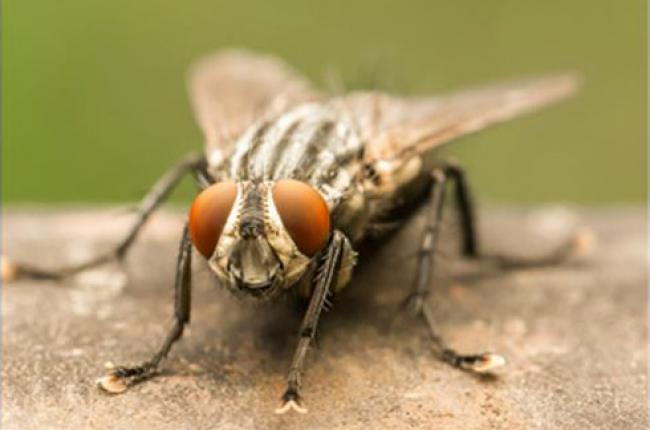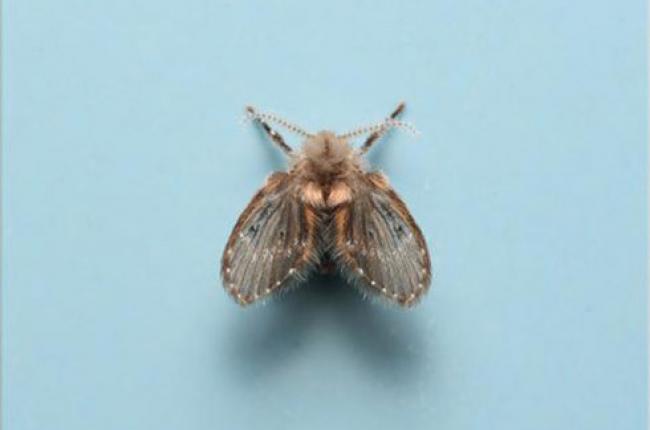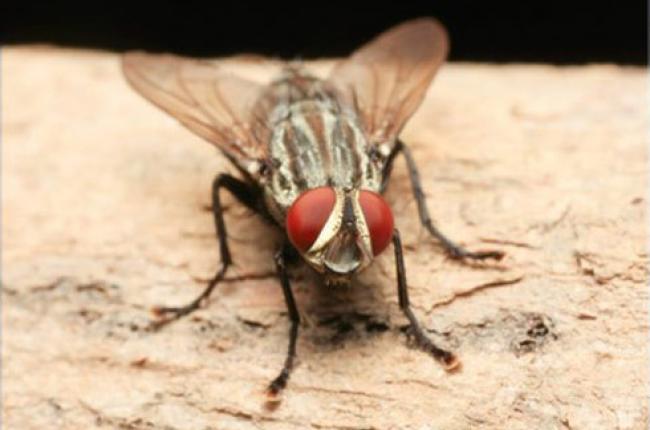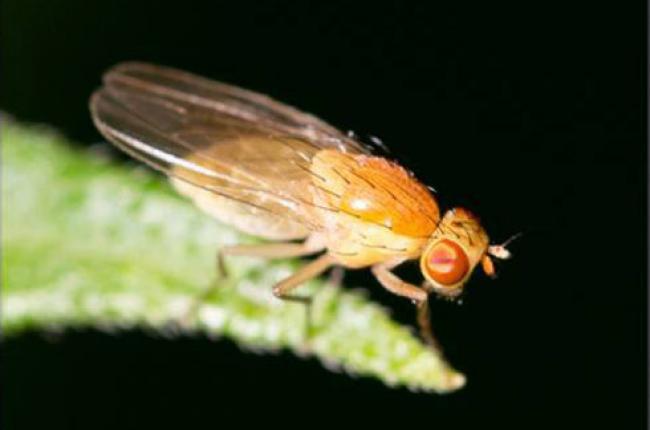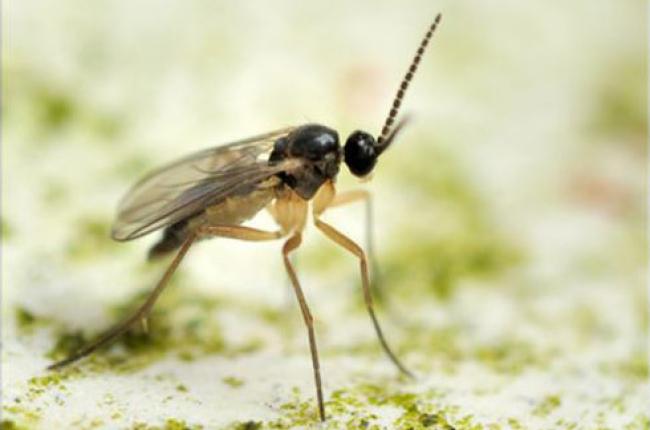Flies can turn a peaceful home into an exasperating and unsanitary space. Given the chance, they can slip through the smallest opening and quickly multiply. Homeowners do their best to keep these annoying, buzzing invaders at bay, but swarms can be hard to control. JP Pest Services is your neighborhood partner. Our fly exterminator team is fully trained to protect your home from the most common species, including house flies, blow flies, cluster flies, and black flies, that can contaminate your food and make your life miserable.
Arm Yourself Against Flies
Flies show up when you least expect them, and once they’re in your home, they don’t leave without a fight. They make a beeline for leftovers, hover over countertops, and make every meal a battle. That’s why effective fly pest control is a must. With JP Pest Services, there are no surprises. Just clear answers, efficient solutions, and a path to a fly-free space.
Fly Control in New England
Flies might be a nationwide pest, but the challenges in New England homes are a little different. Our mix of warm, humid summers and tightly sealed homes in winter makes for the perfect storm. In the warmer months, flies breed quickly, taking advantage of food scraps, pet waste, and even overwatered plants. Come winter, the indoor warmth keeps them active.
At JP Pest Services, we understand regional patterns. Our fly pest control approach considers the complete picture. Seasonal habits, local fly species, and your home’s layout. Whether you’re dealing with an active infestation or looking to prevent one, our fly exterminators have the experience and local knowledge to provide the help and advice you need.
Request a Quote
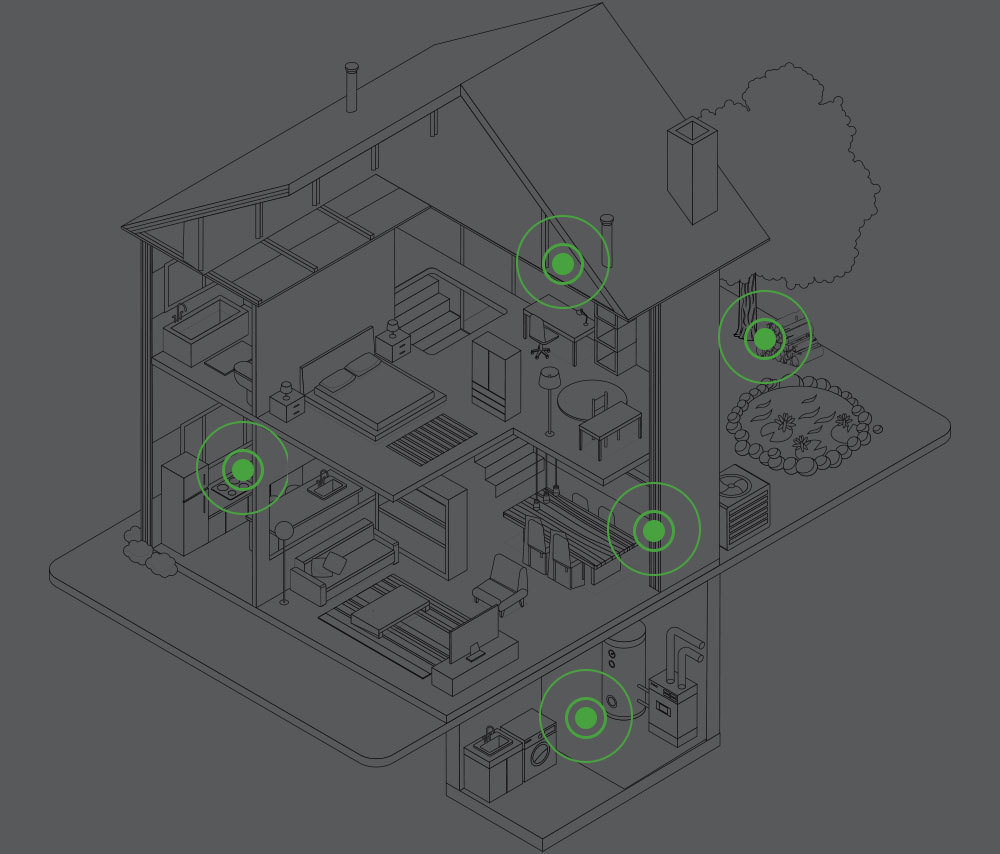
Where Flies May Be Hiding in Your Home
Flies love anything moist, sticky, or decaying. That means kitchen sinks, garbage disposals, and compost bins are prime hangout spots. Even a forgotten mop in the corner can become fly HQ.
And not just the kitchen; bathrooms, basements, and attics offer quiet spaces for flies to settle in and multiply. Keeping your home clean helps, but even the tidiest house can have a fly problem. That’s why fly extermination is more than just a cleanup task; it requires a comprehensive strategy and expert knowledge to keep flies away.
Dangers of Having Flies in Your Home
Due to their rapid reproduction and resilience to environmental factors, fly swarms can be difficult to control and eradicate. With doors and windows open more often in warm weather, flies take their shot, sneaking into kitchens for leftovers or hovering around outdoor meals, making mealtime anything but relaxing.
As carriers of harmful bacteria and pathogens, they can transmit Salmonella and E. coli. Contamination can lead to diarrhea, vomiting, and other illnesses, with young children and the elderly especially vulnerable.
For commercial foodservice businesses, fly infestations can potentially lead to lost revenue and reputational damage. This makes effective fly pest control essential both for your comfort and to help reduce exposure to health risks.
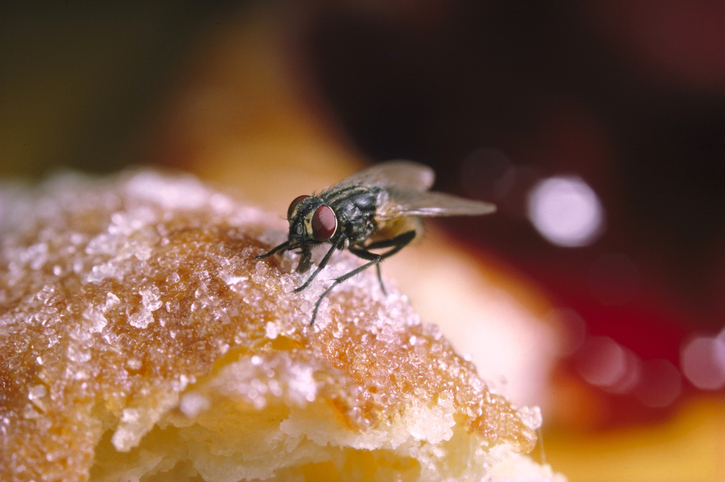
Fly Extermination with JP Pest Services
Our technicians treat more than the obvious symptoms. They locate the breeding sites and entry points and assess the environmental factors that attract flies in the first place.
When you work with us, you’re getting more than a one-time visit. Our fly pest control service is built around long-term solutions. We focus on both the visible flies and the ones you can’t see yet. That means fewer future infestations and more time enjoying your home.
Our Fly Control Process
Step one is always a detailed inspection. Our technicians look high and low for signs of fly activity. Once we know what we’re dealing with, we build a custom professional fly treatment plan just for your home.
We use a combination of trapping, exclusion, and sanitation strategies to reduce fly populations quickly. Depending on what we find, your treatment may also include follow-up visits to keep the problem in check. Because our team is familiar with the New England climate, we understand the seasonal patterns that can make fly problems worse.
- 1. Assess
- 2. Control
- 3. Prevent
- 4. Document
- 5. Monitor & Follow-up
Don’t Let Flies Get Comfortable in Your Home
- Call (800) 222-2908
- Get a Free Estimate
- Chat with a Team Member

